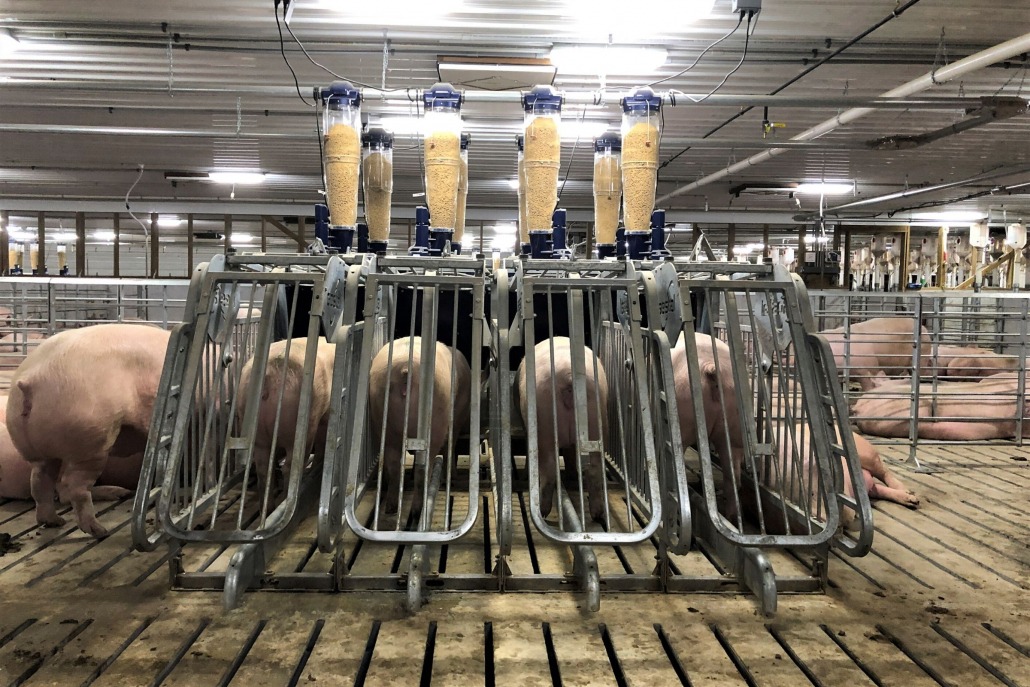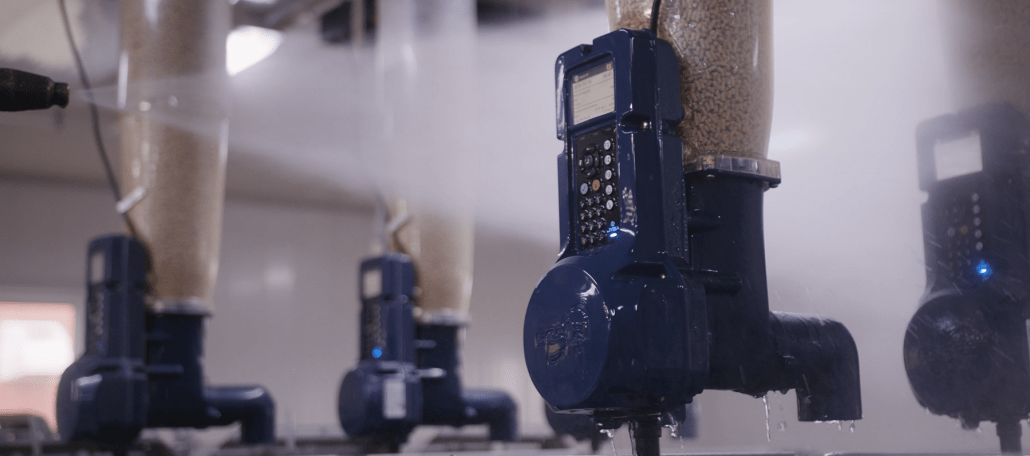Swine Production Challenges: How to Select Farm Equipment
By Amanda Uitermarkt, M.S. & Samuel Lefebvre
Choosing the right equipment for your pig farms can be difficult. There are many options and they all look quite similar until you get to the price. How can you be sure you are getting the best equipment for the money you are willing to invest? The owners of Jyga Technologies are pig producers and have learned a lot of things over the years. Their goal here is to help other producers make the right decision. This blog will highlight the key aspects of equipment that will impact its lifespan because not all equipment is created equal!
Materials grades to look at when selecting new equipment for your swine barn
1. Steel: How to choose?
First, let’s look at steel. All metal pieces have at least indirect contact with ammonia, feces, and acids from saliva. That is why steel needs to be protected with a coating like paint or galvanizing. If you don’t use protection (for example, black steel) your product will break down very fast.
Steel for parts that have indirect contact with ammonia, feces, and acids
Alternatives for steel that is in indirect contact
There are two types of galvanizing: Hot dipped galvanized or electrostatic galvanized.
- Hot dipped galvanization is more resistant since it really creates a chemical reaction between the steel and the zinc to form a strong coating. It should be used on crates, chains, bolts, and nuts just to name a few.
- Electrostatic galvanization is not the best option, but it is way better than nothing. This process does not create a chemical reaction, so the galvanization is less durable. The zinc is just pasted on the steel using electricity to create a magnet-like electrostatic attraction.
Steel for parts that have direct contact with ammonia, feces, and acids
Some metal pieces have direct and constant contact with feces, acid, etc. Those parts should be made out of stainless steel. Products like feeding throughs, bottom of crates, and dry feeder at finisher barn are all examples of where it is essential to choose stainless. Also, it’s interesting to know that stainless can be galvanized for even better results! The part is made in stainless, welded to the crate by example, and then, the whole crate gets the hot-dipped galvanization treatment.
2. Plastic equipment: Look for certifications
Plastic equipment faces the same problems as steel since they are also in contact with ammonia, feces, and acids, but it is even harder to choose plastic since there are so many options.
Alternatives
The most widely used plastic in the agriculture business is Polypropylene (PP) and Polyethylene (PE). These options are semi-crystalline substances which are more resistant against H2O intake. There is also the alternative of ABS (Acrylnitril-Butadien-Styrol) that an amorphous thermoplastics. Here’s a nice article explaining the difference between the two types of plastic.
- PP and PE advantages include: fragility during handling, the plastic can be stabilizabled with supplements like glass fiber, glass balls or mix with recycled plastic (cheaper price). However, they also have disadvantages. For example, they are not ideal for use in humid, gas-filled environments, they are not certified to be fire safe and they are not suitable as connection boxes for electronic components.
- Even though PP and PE are the most commonly used, one of the best plastics to use in a barn is ABS (Acrylonitrile-Butadiene-Styrene) since it is very easy to combine with additives. A great ABS plastic mix provides an IP66 protection for water. It is also a perfect protection against ammonia and dust. Finally, it has one of the best properties for fire hazards. This is why it is popular in electrically certified products (CE and UL certifications)
Electronics: feeding systems, computers, ventilation, etc
Pig Barns are very different now than they were 25 years ago. Like in any other kind of production, pig barns owners are embracing automation and electronics in their barns. From ventilation to feeding, technology is everywhere. But, are all those systems ready for a barn environment?
Every producer knows the problems related to gases like ammonia, water, and dust. How can you be sure your system can pick a fight with those? First, look for the NEMA 4X and IP66 certifications to make sure your electronic systems are ready for their heavy-duty work! In short, these will assure you that your electronic systems are sealed tight and waterproof.
Can your electronics resist pressure washing?
Moreover, go for systems that can be pressure washed. You will be pressure washing farrowing rooms at least once a month. You don’t want to have to choose between the health of your animals and the health of your wallet.
Wires or no wires?
Every electronic controller needs communication. Wired communication has been around for many years now, but is not ideal for a barn. Gas and water will oxidize wires, mice will eat them, they are the perfect highway for lightning to reach the electronic circuit boards, which will burn easily… And let’s face it, a problem like this always happens on Christmas Eve or on the day of your little boy’s birthday. Wireless communication is the way to go.
Smart feeding systems that are sealed
Another thing to consider is if the feeders need a computer to work. A PC will eventually let you down in the same barn environment, so you must consider options that are sealed and can face ammonia, humidity, and dust.
So, if you have autonomous feeding systems that are sealed tight to protect them, you will be able to have that Christmas dinner without having any concerns even though your computer might break down. Peace of mind is invaluable.
Most importantly: Real-life knowledge and know-how:
Finally, while many equipment manufacturer’s rely on equipment aging and selling replacement parts, others expect the useful lifespan of equipment to run out within a decade or so, at which point they expect to sell a new system. It is an important consideration when deciding on equipment and electronics: How long will the system last?
The owners of Jyga Technologies are producers first (2200 sows farrow-to-finish), and they realize that the large capital investment of equipment is not one that should need to be made every 10 years.
Instead, our equipment is built to last for the lifetime of the barn. In other words, partner with someone who knows what you are going through can save you a lot of trouble.






